
Recent work has led me to more closely explore U+4548 (☞䕈☜), which is in CJK Unified Ideographs Extension A. (What is shown in parentheses in the previous sentence is likely to be different than what is shown in the excerpt above.)
The image above is an excerpt from the latest Extension A Code Charts. At first glance, everything seem normal. The differences between the G (China) and T (Taiwan) glyphs are expected, and perhaps more importantly, unifiable.
However…
…when I checked the prototypical glyphs for this character in both vintages of GB 18030—2000 and 2005—things became a bit squirrelly (the GB 18030-2000 prototypical glyph is shown on the left, and the GB 18030-2005 one is shown on the right):
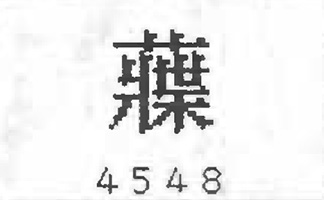
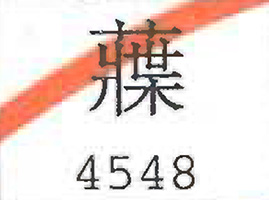
Of course, the difference is in the lower-left component, which is Radical #90 (⽙) in the GB 18030 prototypical glyph, but Radical #91 (⽚) in the Extension A Code Charts. For those who are curious, the legacy GB 18030 code point for this character is 0x8233AF32.
Digging deeper, I found that earlier versions of the Extension A Code Charts show a G glyph that matches what is shown in GB 18030:
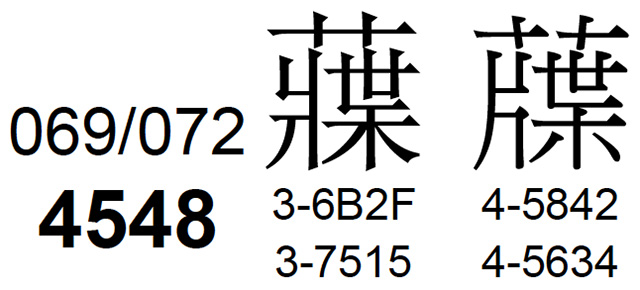
Digging even deeper, we can go back to the original G source, which is GB 7589-87, specifically the character at Row-Cell 75-15. Below is an excerpted GB 7589-87 Row 75 that shows the (hand-written!) glyph for U+4548:
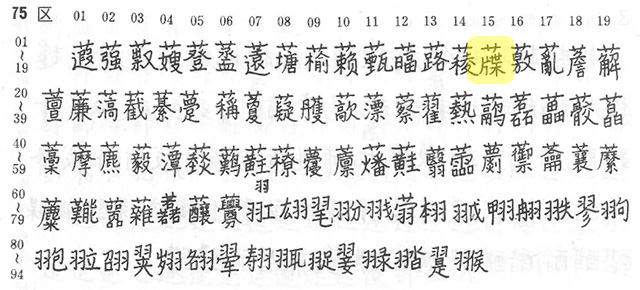
Below is a closer view of the glyph for Row-Cell 75-15:
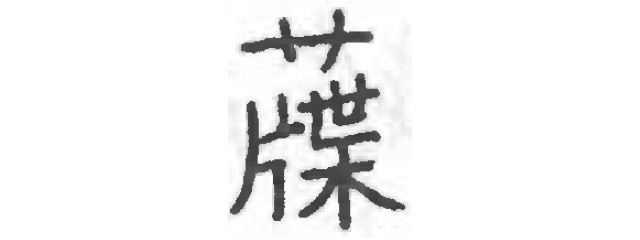
Anyway, this exercise told me two things:
- Radical #90 (⽙) and Radical #91 (⽚) cannot be considered unifiable components. There happens to be a simplified form of Radical #90 (⺦), but that is out of the scope of this particular issue.
- Dollars to donuts (日本語: かなり確実), the prototypical glyph for U+4548 in GB 18030 is incorrect.
Back to the grind…
☺

My contact in China, CHEN Zhuang (陈壮), who happens to be China’s primary representative to the IRG, confirmed this GB 18030 representative glyph error.